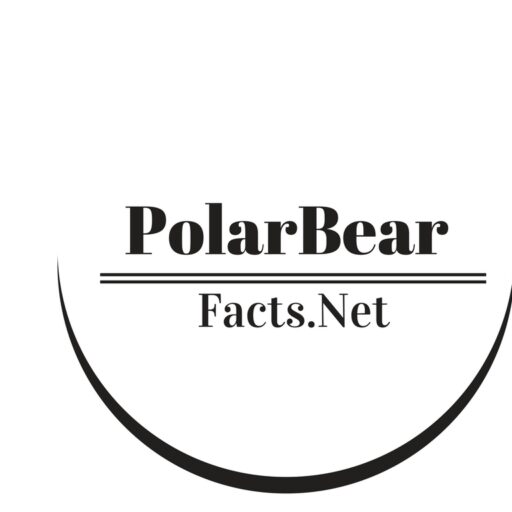Back in 1980s scientists studied the polar bear locomotion and established that polar bears were not energetically efficient walkers. The study was
MoreLately scientists have observed the migration of polar bears in the northwestern Canada, Beaufort Sea and Chukchi Sea of Alaska. They conclude
MorePolar bear (Ursus maritimus) is the largest carnivorous land mammal living today. The only other bear nearly the size of polar bear
MorePolar bears (Ursus maritimus) are unquestionably resilient to the arctic environment. Their adaptation to stay warm in an unbelievably cold temperature is
MorePolar bear hibernation does not occur like black bear or grizzly bear hibernation. Black and grizzly bears, unlike polar bears, are true
MorePolar bear eyes are set in such a way that the animal can look forward with a binocular vision. However the bear’s
MoreThe polar bear claws are not only relatively curved–they are also shorter in length in comparison to the brown bear’s. Brown bears
MorePolar bears (Ursus maritmus) are the largest of the land carnivores. They are solitary predators. Unlike most other carnivores (such as wolves)
MoreThe polar bear (Ursus maritimus) doesn’t seem to have any special anatomical adaptations despite the fact that it is the only bear
MoreIt is quite amazing that polar bears have adapted to the harsh arctic environment where most land mammals could hardly survive one
More

